A Supercomputer on Wheels, the New 2020 Porsche 911 S Shows Why the Classic Model Still Matters

Go ahead, 911, sing to me. Let me hear that flat-six engine wail, keening from the rear, forever urging me to take the long way home. Like so many sports-car lovers over the last half century, I’ve answered the siren call again and again.
But time remakes all things, and so it does once more for the 911, now entering its eighth generation with the 2020 model year. The prospect of an entirely new version is both exciting and fraught: We can all think of beloved items that were given the “new and improved” treatment and have failed miserably in the second category.
Related stories
Driving a GT3 Around Porsche's LA Experience Center Is Our Idea of a Perfect Day
A '54 Ferrari and '57 Porsche Help Lead Villa Erba Auction to $22.3 Million in Sales
Porsche's First All-Electric Car Will Speed Into Showrooms This September
The people at Porsche refer to this latest iteration as the 992, and there’s plenty new to talk about, including updated technology, more horsepower and a body style that’s been widened. Still, it’s easy to get lost in the minutiae and forget why we care in the first place.
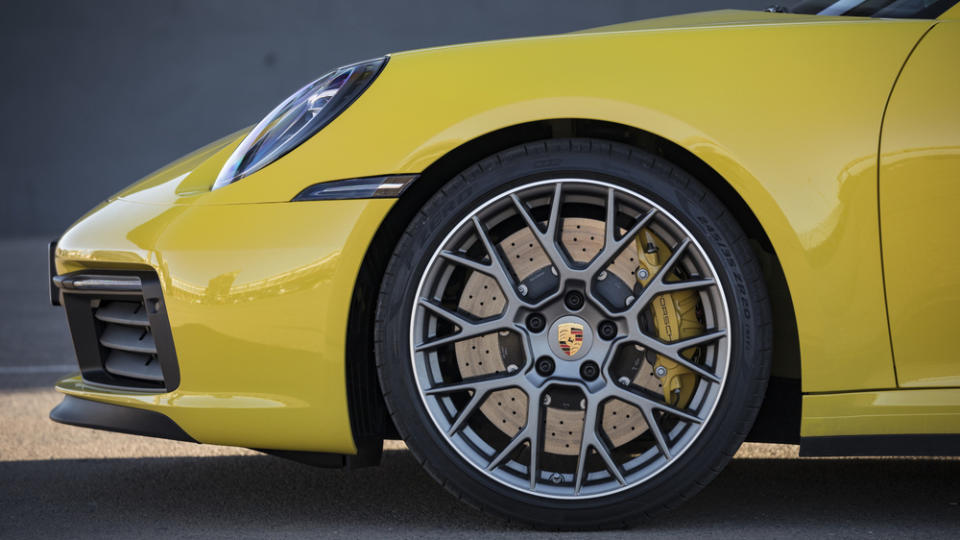
All it takes to remember is a moment behind the wheel. On a recent day in southern Spain, I slide into the driver’s seat of a 992, officially dubbed the 911 Carrera S. The sun slants through wispy clouds, lighting up the tops of the craggy mountains. The road has no centerline; it’s an unfurling asphalt ribbon clinging tightly to the sides of high slopes. Off to the right is a steep drop into a ravine. But there is no fear. The steering wheel is a honed, accurate instrument. The platform underneath telegraphs exactly what the rubber is doing as it scours the surface. Turning into a deep corner, I can feel it in my hips. We’re tangoing. It’s like the Spock mindmeld, only between man and machine.
Yes, there is an invisible and complex web of computer algorithms controlling nearly every element of the ride, from the angle of the rear wheels (at medium to high speeds, the back wheels turn in the same direction as the front, thanks to optional rear-wheel steering) to the way the magnetically controlled shocks behave when they hit a bump. In this regard, the car is radically different from the first 911s. The 1963 original was simplicity itself. The 2020 edition is a supercomputer.
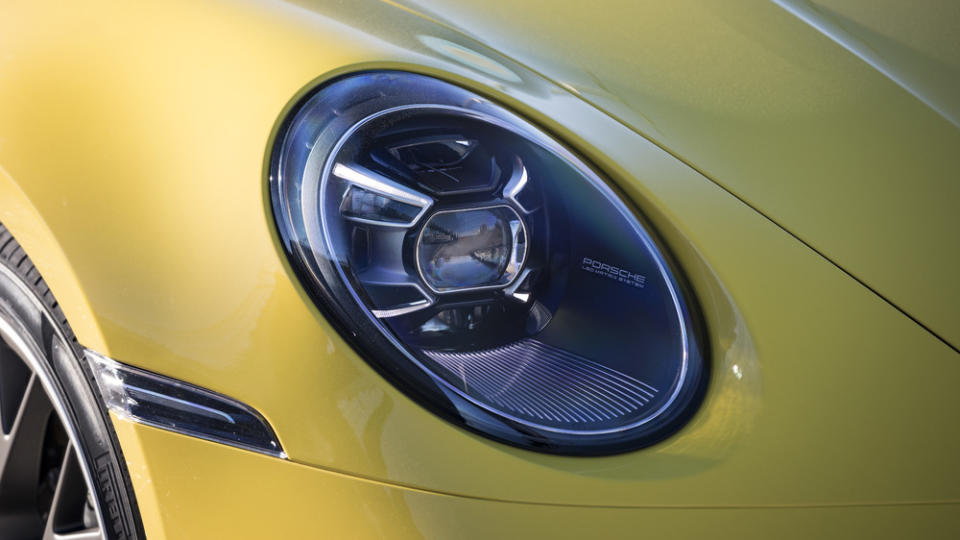
None of the technology gets in the way, though. There is no artificiality. The 992 is smart, yes, but smart in a way that amplifies your intentions rather than negating them. The car wants to make the driver happy.
Most importantly, the key elements that make 911s unique live on. More than anything else, it’s the rear-engine placement that defines the model. It’s an oddity found also in Volkswagen Beetles, a 911 antecedent. The weight in the very rear changes the balance of the automobile. Over the years, Porsche has inched the engine nearer to the center and instituted tech that mitigates the snap oversteer of old models, a dangerous response that can make the car spin suddenly. And yet the rear-engine driving character is still there in the 992, unmistakably—the nose light and the haunches hefty, asking you to recalibrate your driving style. You almost swing through curves. The swell of the engine comes from behind you, like someone shouting in your ear to go faster, please, always faster.
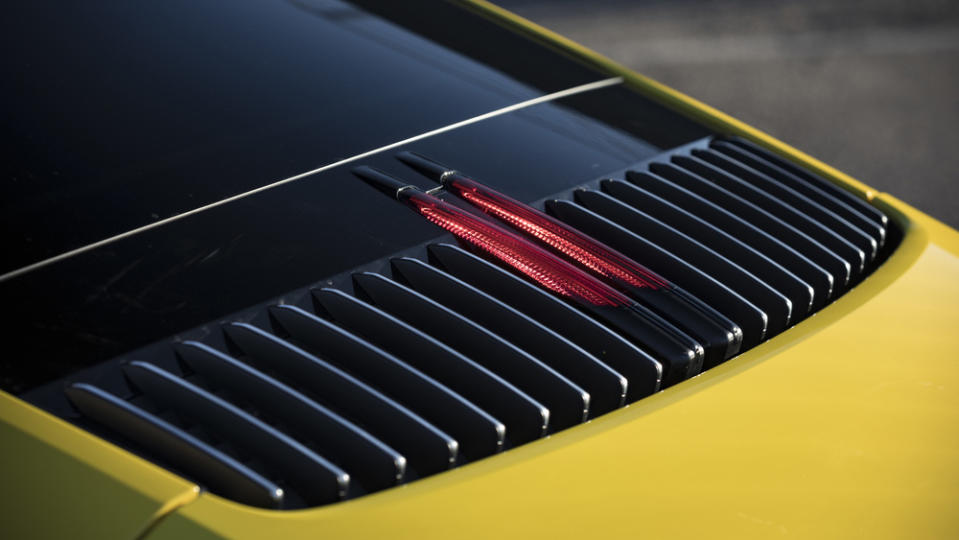
What is missing, to some extent, is the pure pleasure of the older models’ naturally breathing flat-six engine. Like the generation before, the 992 has a 3-liter twin-turbo unit that puts out plenty of power (443 hp and 390 ft lbs of torque). But it doesn’t sound quite as visceral and compelling as the engine of old. That thing had a sharp rasp; this one is huffier, thicker in nature. Still good, but not as good.
I squeeze the brake, tap the left paddle shifter to drop down a gear and don’t even get a squeal of tires as I round a sharp bend. One major change is the tires themselves. The rear wheels are now bigger than those in the front (21 and 20 inches, respectively), giving a slightly staggered stance. The Pirellis wrapping them are also wider, promising better grip. And the front of the car turns far more readily than ever before. A manual transmission will be coming later. For now, buyers get a revised PDK automated manual with an eighth gear for more efficient cruising at highway speeds.
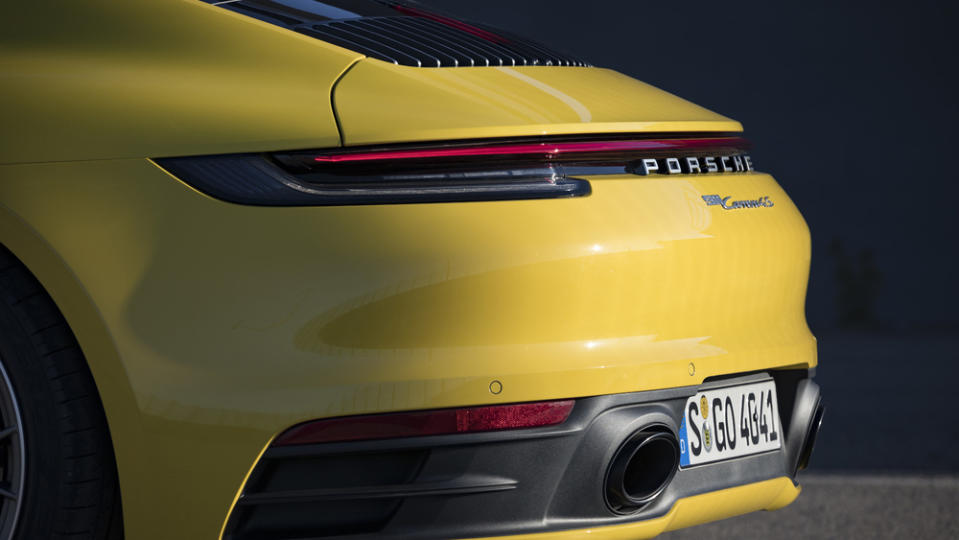
Even a somewhat casual observer would peg the 992 as a different breed from the outgoing 991.2 generation. As mentioned, the body itself is noticeably wider—both front and rear—on the S model. (The other variants are the 4S and the cabriolet versions of the S and 4S.) Its overall aesthetic harkens back, visually, to the 930 Turbo from the 1970s. The hood is longer, almost elongated, and the rear is more ample than before, with a new light bar that runs the entire width, just below the retractable spoiler.
The latest interior is a home run. The layout gets a total rethink, with an orientation of gauges and digital screens that layer along the horizon of the dash, rather than in an ugly stack. The result is a more cogent and handsome space that allows your eyes to sweep along its span. In other respects, this gen gives the kind of safety and convenience technology one might expect in an executive-style machine such as the Porsche Panamera. There’s adaptive cruise control, which reengages even when the vehicle comes to a full stop, and piloting aids such as Lane Keep Assist and road-sign recognition. There’s even night vision, which scans the road for animals and pedestrians.
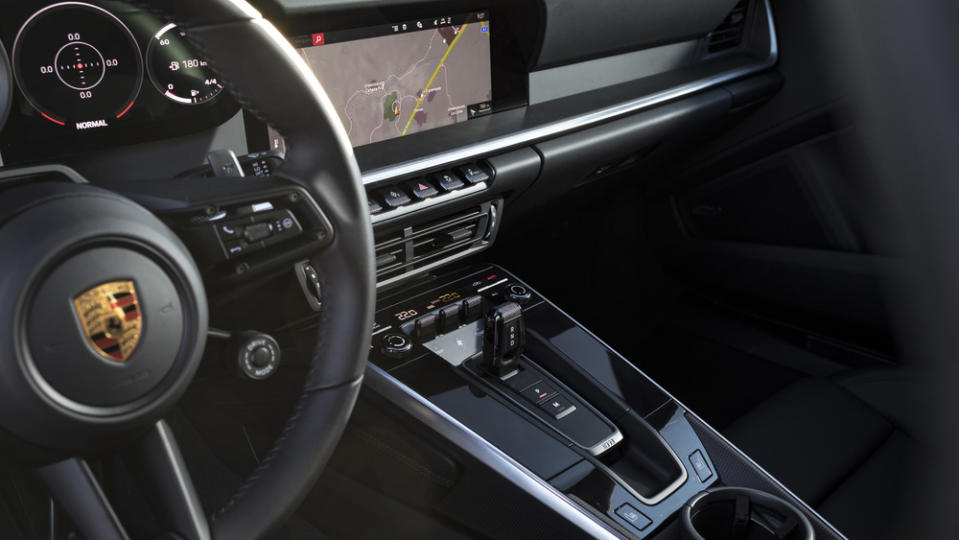
It’s hard to argue with increased safety, but the 911’s ethos has always hewed toward escaping the slings and arrows of the regular, plodding world: a performance car that lets you focus on the experience. Traditionally, 911 drivers are skillful and attentive, so it’s a shame to think that they too may have succumbed to digital distractions and need electronic reminders to keep them in their lanes.
But the dread of ever-creeping tech rips away when you dip into the accelerator on roads like those I found in Spain. The car surges, and a sensation of promise and freedom rings in your brain.
After the Carrera S has effortlessly diced through a series of complex turns, and the flat-six is crying out from behind, you’ll be smiling deliriously. That’s the cry of the 911, and it hasn’t faded.
BY THE NUMBERS
>1 million: 911s produced through 2018
70: Percentage of Porsches still on the road
8: Number of 911 generations
992: Porsche’s internal designation for the latest 911
1.7: Inches the front end has been widened
168,000: Price of the 911 Carrera S driven in Spain, in dollars
23: Increase in hp compared to the predecessor
3.3: Time the Carrera S goes from zero to 60 mph, in seconds (with Sport Chrono Package)
191: Top track speed, in mph
12: Seconds it takes for the cabriolet variant to lower its fabric roof
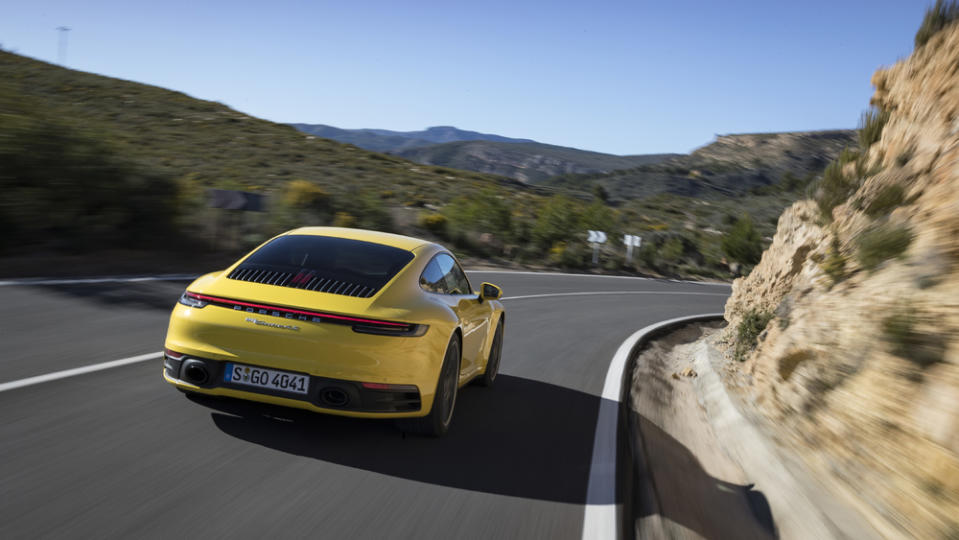
Sign up for Robb Report's Newsletter. For the latest news, follow us on Facebook, Twitter, and Instagram.

